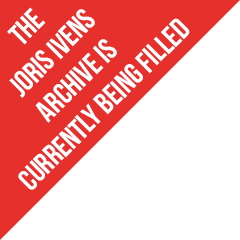

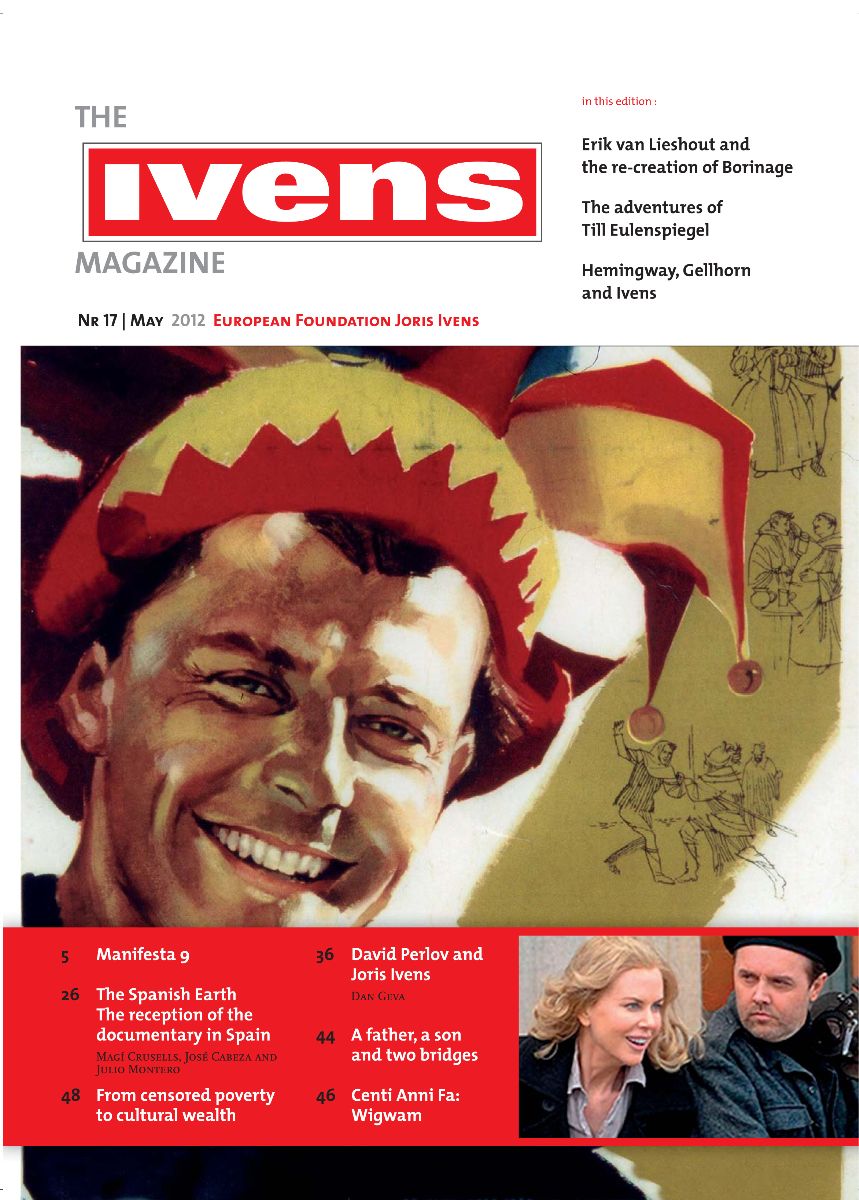
The new `Ivens magazine` is out, with interesting articles like:
- Erik van Lieshout and the re-creation of Borinage
- The adventures of Till Eulenspiegel
- New HBO fiction series about Hemmingway, Gellhorn with Joris Ivens
You can download the Ivens magazine for free at our website. Click here.
In this brand new edition (number seventeen already) are articles about the following subjects:
-Crisis? No crisis. Create!
Erik van Lieshout and the re-creation of Borinage
-Manifesta 9
The European Biennial of Contemporary Art
-The foundation update
-The adventures of Till Eulenspiegel
500th anniversary & Gerard Philipe and Joris Ivens: The troubles with Till
-Hemingway, Gellhorn and Ivens
A HBO fiction film series about Ernest hemingway and Martha Gellhorn, with Joris Ivens
-The Spanish Earth
The reception of the documentary in Spain
-The Spanish Earth
Shooting in thin air
-David Perlov and Joris Ivens
-A father, a son and two bridges
Waalbrug 75 with photos, exhibition, book and festivities
-Centi Anni Fa: Wigwam 100
-From censored povery to cultural wealth
-New publications
-Short cuts
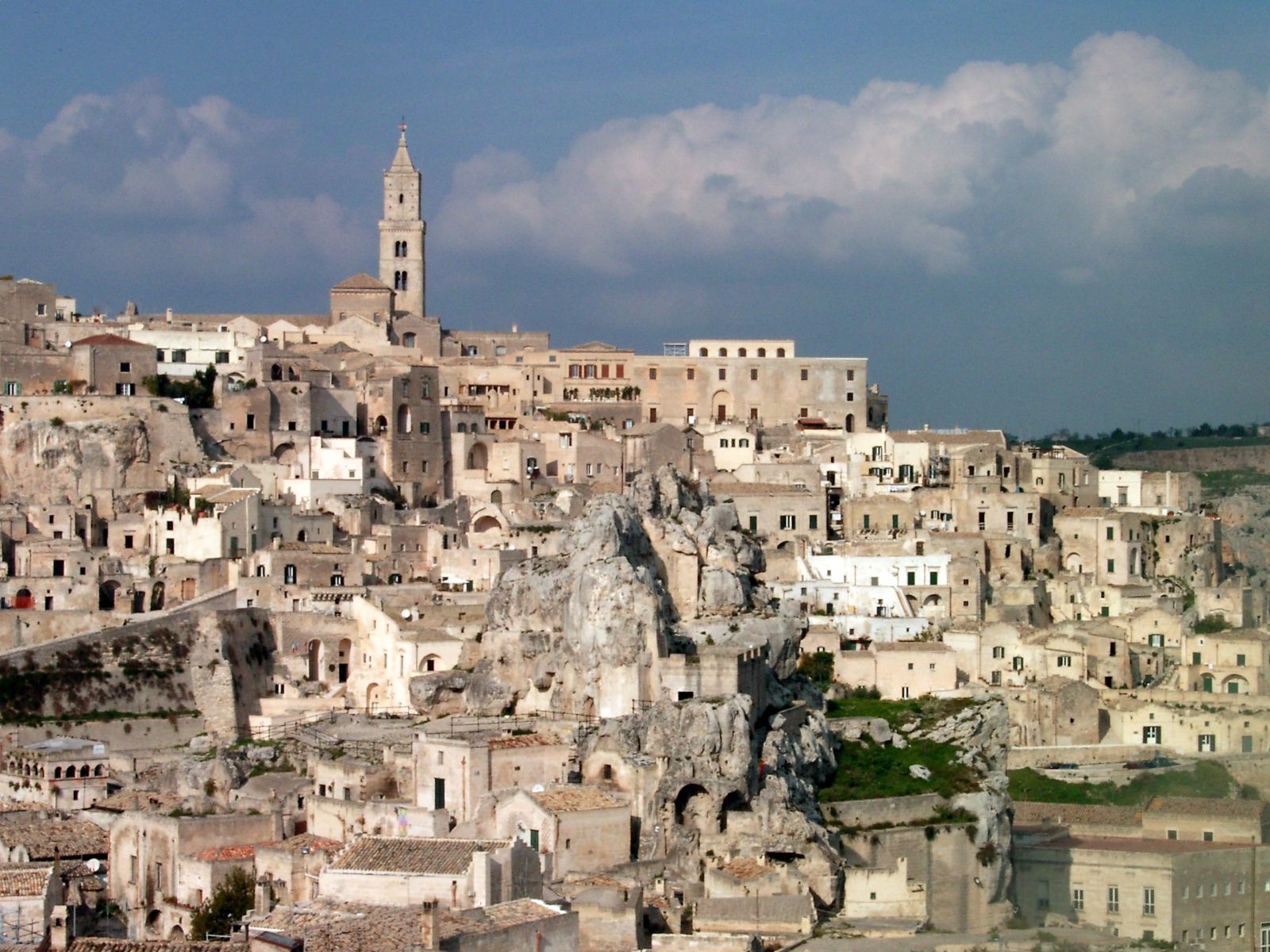
Matera, with the Sassi (caverns) as shown in Ivens’ l’Italia non è un paese povero
A notorious sequence in Ivens’ film oeuvre was shot in the Italian city of Matera. In the framework of his documentary l’ Italia non è un Paese Povero (1960) Ivens filmed deplorable poverty in the hollow city of Matera: poor people living in the caverns built into the calcareous rock. This sequence was censored and cut from the version broadcasted in Italy by RAI for the simple reason that they didn’t want to show poverty in a film focussing on industrial progress.
A new film about Matera, called Hollow City, directed by Andrea de Sica, shows the remarkable switch from a deplorable area, kept secret because of shame, towards a spectacular cultural pinnacle, praised by UNESCO, the World Monuments Fund and famous directors.
Eight films of young documentary filmmakers compete in the International First Films Competition for the Joris Ivens Award at Cinéma du Réel in Centre Pompidou in Paris. Since 1978, the Cinéma du Réel international documentary film festival has been an outstanding international meeting point, where the public and professionals discover the films of experienced authors as well as new talents, the history of documentary cinema as well as contemporary works. The festival programs features some two hundred films.
Read more: Joris Ivens Award at Cinéma du réel in Centre Pompidou
Simone Signoret performing Jeanine in the French part of The Compass Rose
Recently two articles were published about Ivens` The Rose Compass / Die Windrose (1957) in the Newsletter of the DEFA Film Library at the University of Massachusetts Amherst. This institution houses an extensive collection of [East] German films. Last year the Summer Film Institute (SFI) featured screenings of little-known and rare films on the topic COLD WAR/HOT MEDIA: DEFA and The Third World. One of the selected films was Joris Ivens’ The Compass Rose (Die Windrose, GDR, artistic Dirs. Joris Ivens, Alberto Calvacanti; Dirs. Wu Kuo-Yin, Yannick Bellon, Gillo Pontecorvo, Alex Viany, Sergei Gerassimov).Dennis Hanlon and Günter Jordan wrote about it.
The first essay in English is by institute participant Dennis Hanlon. He is an ACM-Mellon Postdoctoral Teaching Fellow in Film Studies and Emerging Media at Beloit College. His research interests are in transnational cinema, as well as politics and film; he will co-host a panel at the SCMS conference in Boston, entitled "The Shifting Valence of Verité: Documentary in Diverse Historical and Cultural Contexts," in which he discusses the Heynowski & Scheumann film I Was, I Am, I Will Be(GDR, 1974, doc.), about Chilean concentration camps during the Pinochet regime. Click here to read Hanlon’s essay.
In addition, the second article is written by documentary filmmaker and film historian Günter Jordan (Film in der DDR, 2009). He shared information about The Compass Rose that he recently found in the film`s production files, which are housed at the Bundesfilm-archiv in Germany. (NB: Jordan`s text is in German.) Click here to read Jordan`s essay.
Please note: The Compass Rose is available at the DEFA Film Library for research in the unsubtitled German version with an English dialogue list from the DEFA Film Library. It will be of particular interest to teachers and scholars engaged with the following topics: Joris Ivens; the global spread of Neo-Realism, especially where it intersects with the socialist realist tradition; cinema novo and New Latin American Cinema more generally; the representation of women and women`s issues in 1950s cinema; East German and/or Soviet bloc internationalism and solidarity with the Third World; and films that combine documentary and fiction film practices.
For more information: http://www.umass.edu/defa/
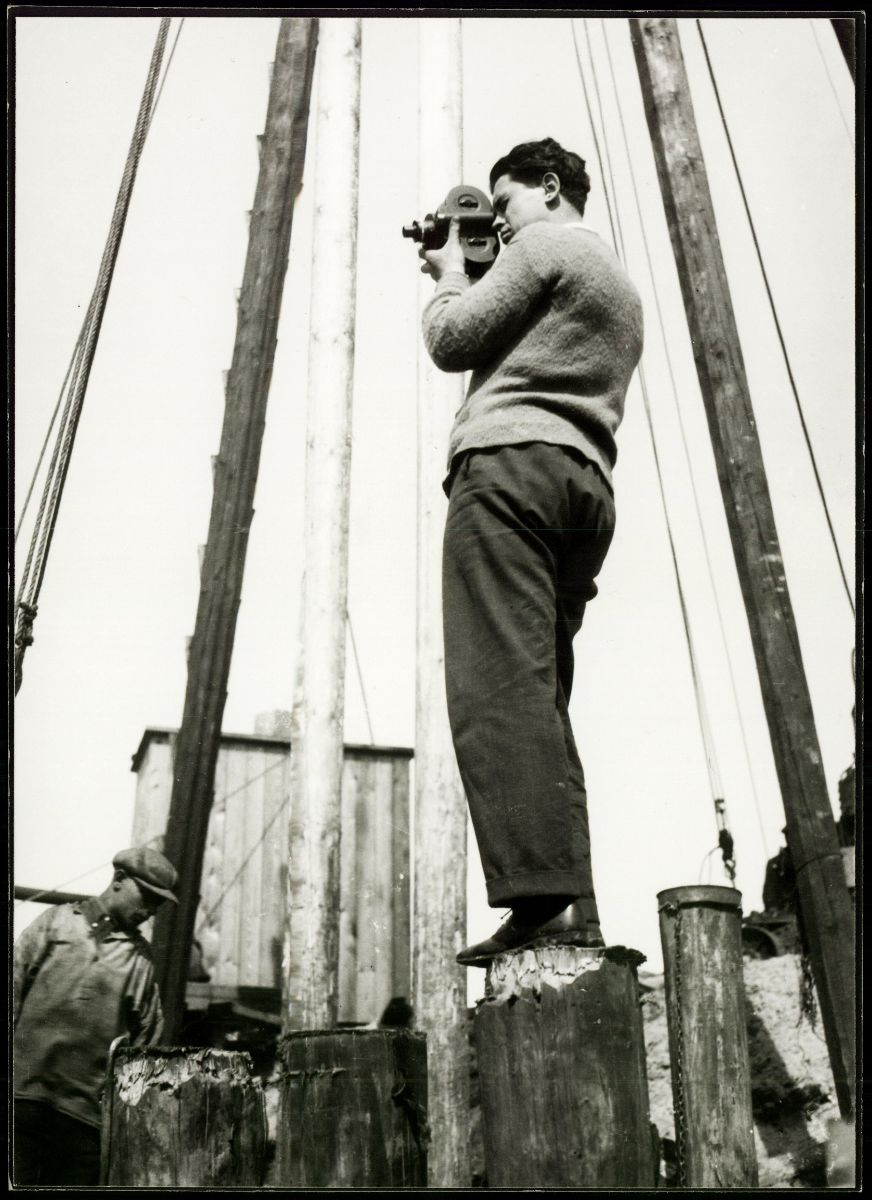
The European Foundation Joris Ivens scanned and archived the entire photo collection. Fifty-two boxes full of pictures taken by Ivens where digitized. There are photos taken from Ivens during meetings, on the set, visiting world leaders and famous artists and filmstills collected by Ivens or others.
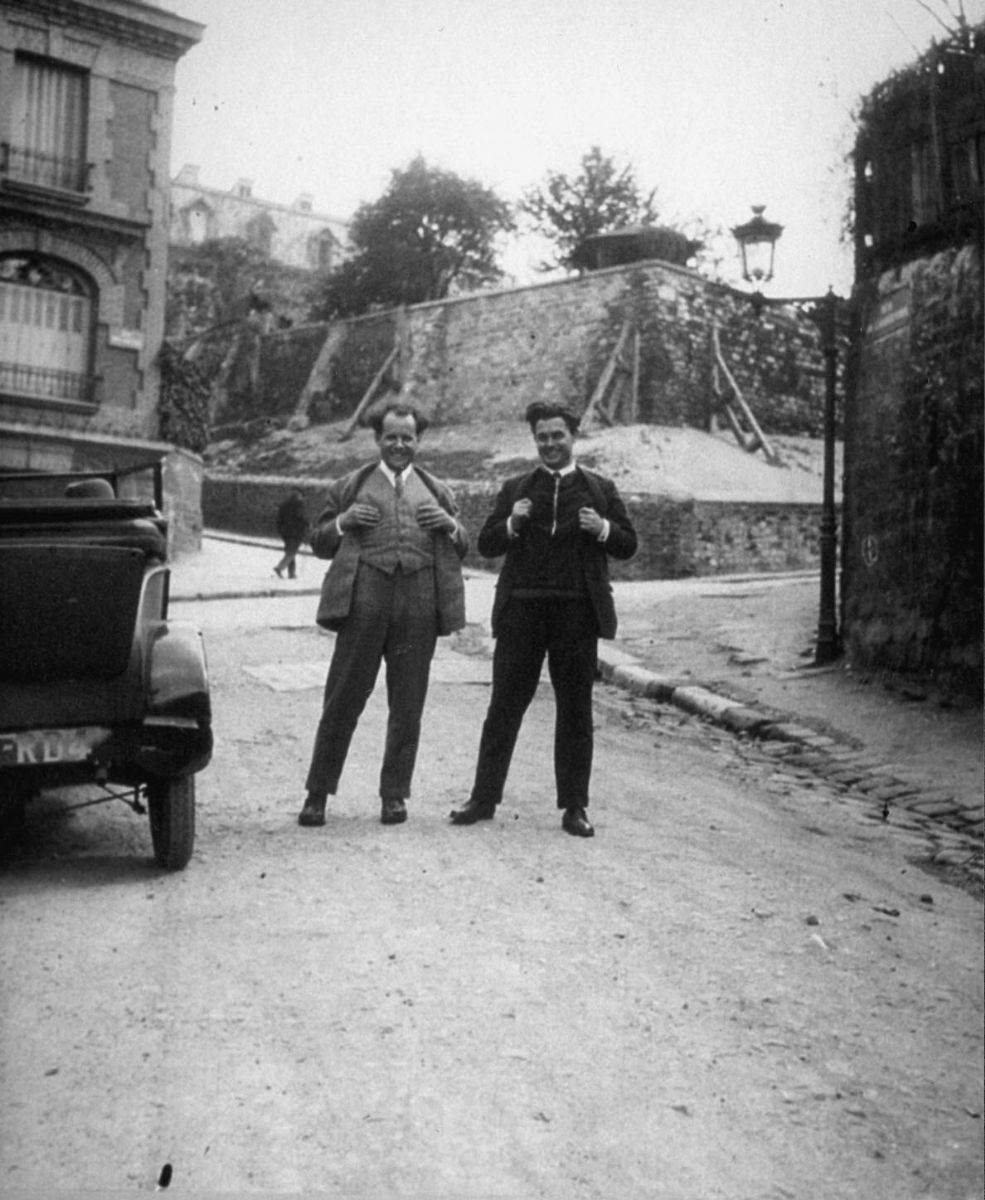
Eisenstein visits Ivens in Amsterdam
The `Retrospective` of the 62nd Berlin International Film Festival rediscoveres the legendary German-Russian film studio Mezhrabpom-Film and its German branch Prometheus, hence the titel of the retrospective: `The red dream factory`. They wrote film history from 1922 to 1936. The aim of the retrospective is to show the difersity of this major studio and to give people the opportunity to see films that have hardly been shown for decades and have also faded into oblivion in Russia – especially after Mezhrabpom was liquidated by the Stalinist dictatorship in 1936.
The Retrospective will present some 30 programmes made up of over 40 silent and sound films. Joris Ivens` film Komsomol is one of the sound films. Ivens was commissioned by Mezhrabpom-Film to make this documentary symphony in the style of the New Objectivity. The music was composed of the noises made by the Magnitogorsk Combine, working in co-operation with Hanns Eisler. They thus created a genuine industrial soundtrack for one of the very first Soviet sound-film documentaries. At the same time, Dziga Vertov made a similar sound-film, TRI PESNI O LENINE (Three Songs of Lenin) for the studio. Both experimented with the new medium, although Ivens adopted a different approach. Applying motifs of the steppes and the city, the past and the future, he staged and condensed situations, with the aim of convincing viewers dialectically of the need for all the colossal construction work. The remixing of modern tones – factory noises, telephones, radios and Eisler`s exciting music – is particularly successful.
Here you can find the complete program:
http://www.berlinale.de/en/programm/berlinale_programm/programmsuche.php?screenings=efm_festival&page=1&order_by=4§ion_id=761&cinema_id=0&country_id=0&date_id=0&time_id=0&filterSubmit=
The history and aesthetics of these films will be reappraised in detail (by Russian and German authors) in the extensive publication accompanying the Retrospective. These studies will be supplemented by historical documents, countless unpublished photos, contemporary film posters and a complete filmography.
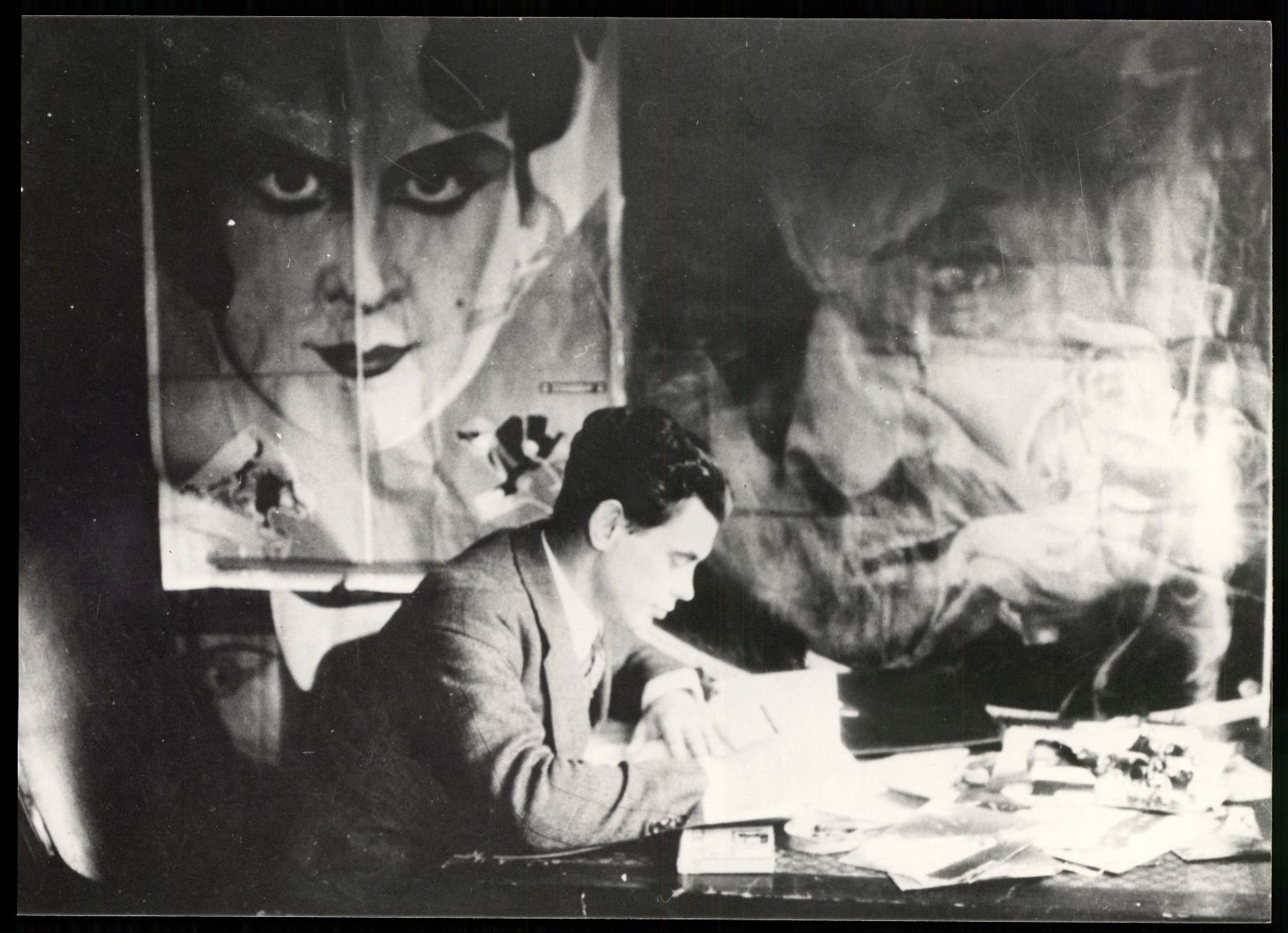
Ivens working in his room in Amsterdam
.bmp)
On Monday, December 12 Mrs. Fadila Laanan, Minister of Culture and Audiovisual of theFederation Wallonia-Brussels presents, in the presence of Mrs. Marie Storck (the daughter of Henri Storck) the first two DVD titles of the Henri Storck Collection. The most famous film from the oeuvre of the Belgian documentary filmmaker Henri Storck (1907-1999) was Borinage (1934), which he and Joris Ivens made in the Walloon mining.
On the first DVD from a series of four films are early recorded images by Storck in his hometown Ostend. Like Ivens, Storck developed a passion for movies by watching movies in a filmclub, where the innovative avant-garde films of the twenties were shown.He had founded this Cineclub himself in 1928 and met young filmmakers as Rene Clair.Thanks to the personal contact with artists like Spilliaert Ostend, Ensor, Labis Permeke his films were of an artistic charge. Like Ivens he shot his first film exercises from the hand, without a tripod with a Kinamo camera doing so he made poetic and surreal short films, in which movement plays a central roll. He also experimented with innovative camera techniques, such as a camera car on a beach. From his hometown, he began to boast of documentary films. Gradually he became the most important documentary filmmaker of Belgium, which yielded him international fame.
In August 1933 he visited Joris Ivens in Paris with the request to make a film together in the Walloon Borinage mining district, where the miners had suffered under therepercussion measures after a big strike. In September, they both went into the area and were shocked by what they found. Because of the gendarmes part of their film had to be shot illegally. With the support of the miners Borinage became a genuine and profound indictment of the crisis, which is still gripping. This film and other social documentaries of Storck, such as House of misery (1937), are on the second DVD.
Pablo Neruda en Joris Ivens
During the last year in Chile much attention was given to Ivens. At the origin of the interest was the reopening of the filmschool in Santiago where Ivens in 1962 was invitedto teach. ... a Valparaiso was the result of the film classes he gave there. A book was published `Joris Ivens and Chile ...a Valparaiso, a film between poetry and criticism"with stories and notes from the time. At this moment there is a Ivens retrospective in the Chilean portcity Valparaiso
Tiziana Montanari Panizza and Judith Silva Cruzatt are the authors of the book.Theyfound many notes and a screenplay by Ivens in the archives of the film school in Chile .They talked to the students an colaboraters from the time Ivens taught and filmed in Chile. Tiziana and Judith were also a guest at our foundation in Nijmegen. Theyconsulted the archives of the European Foundation Joris Ivens.